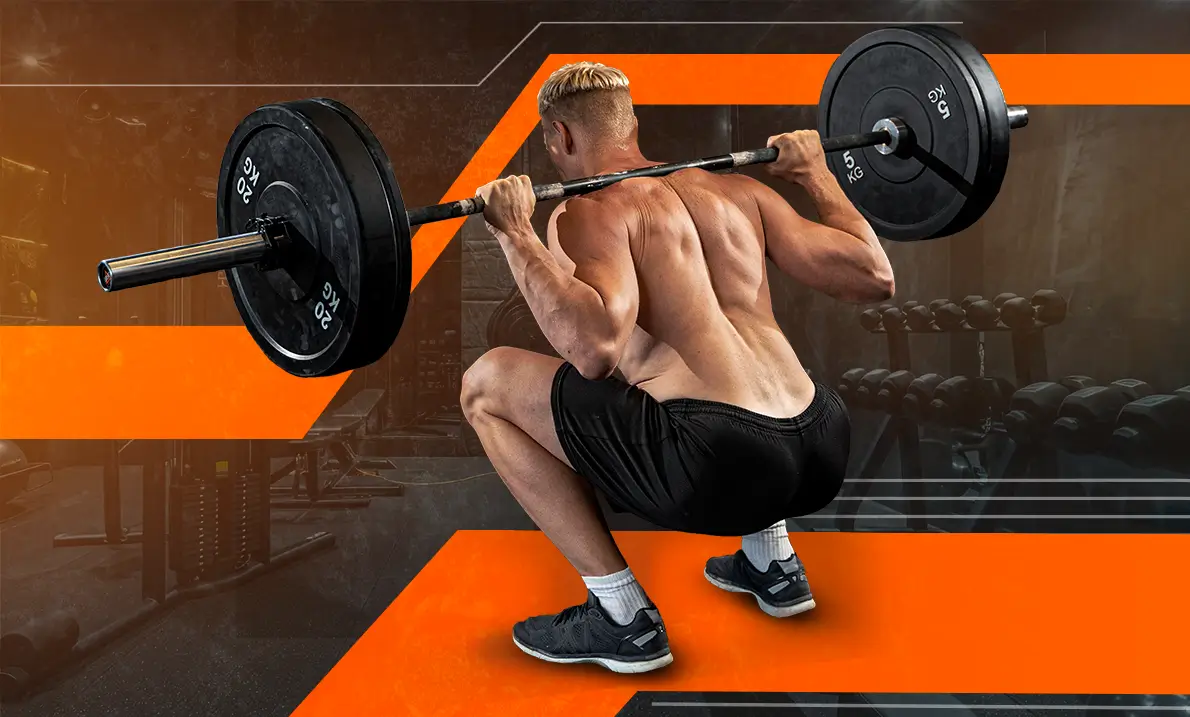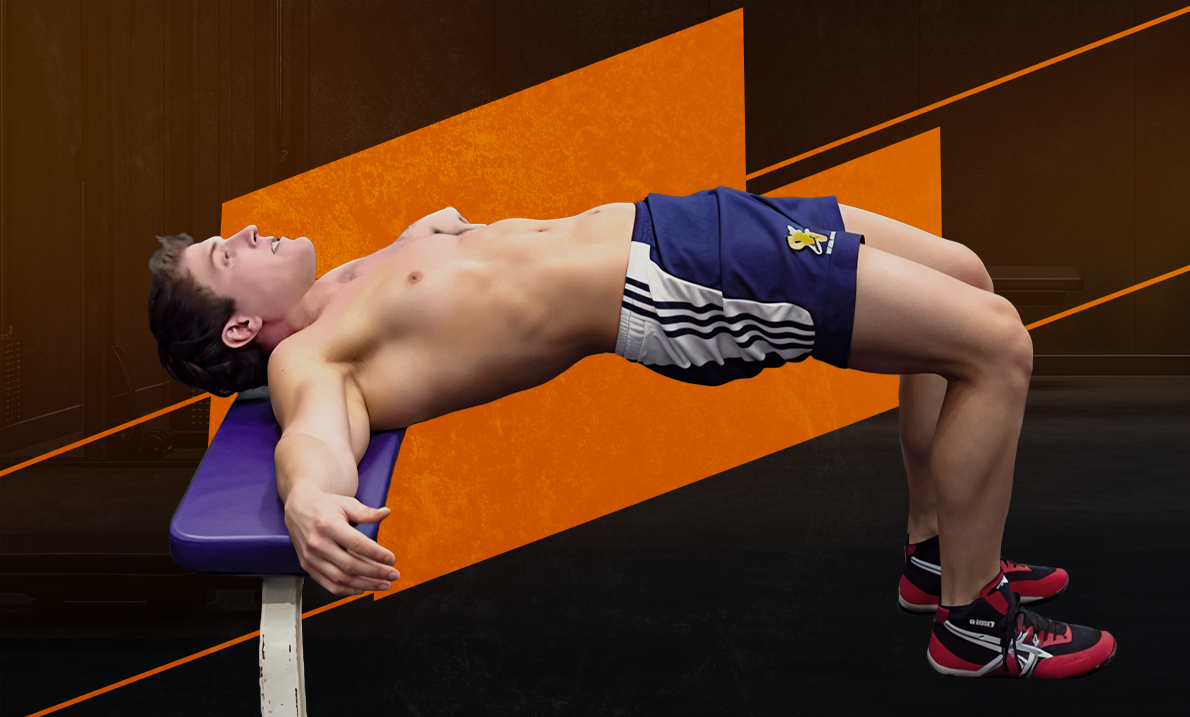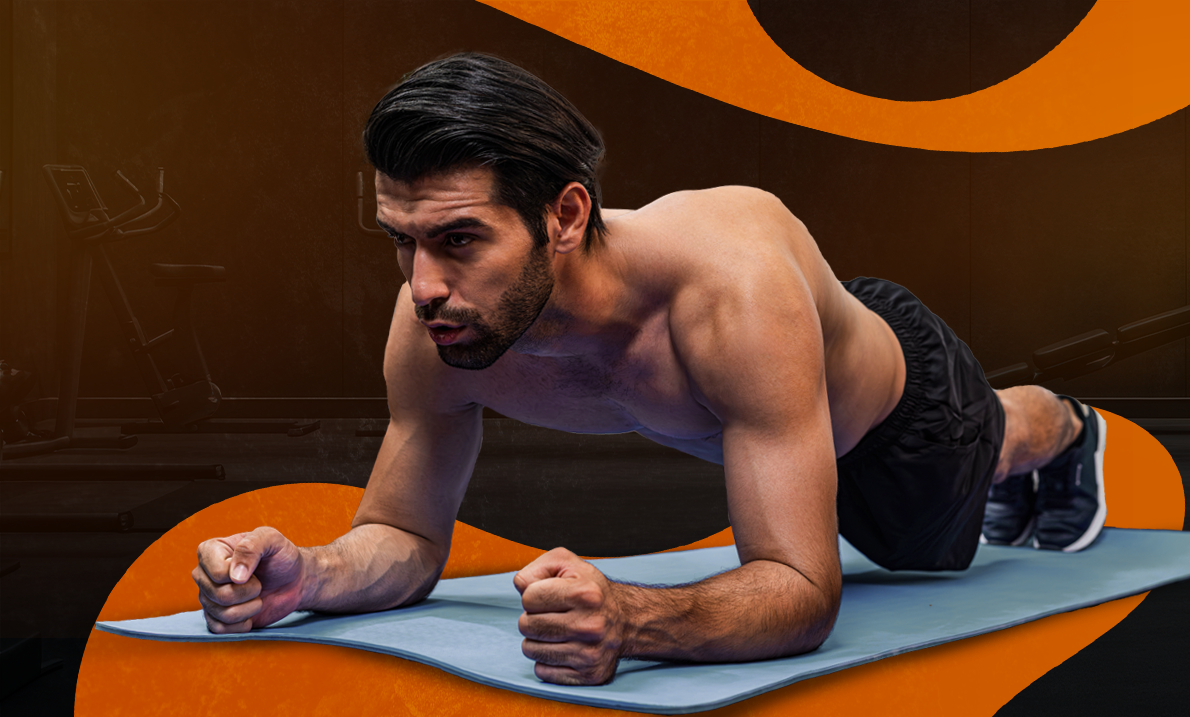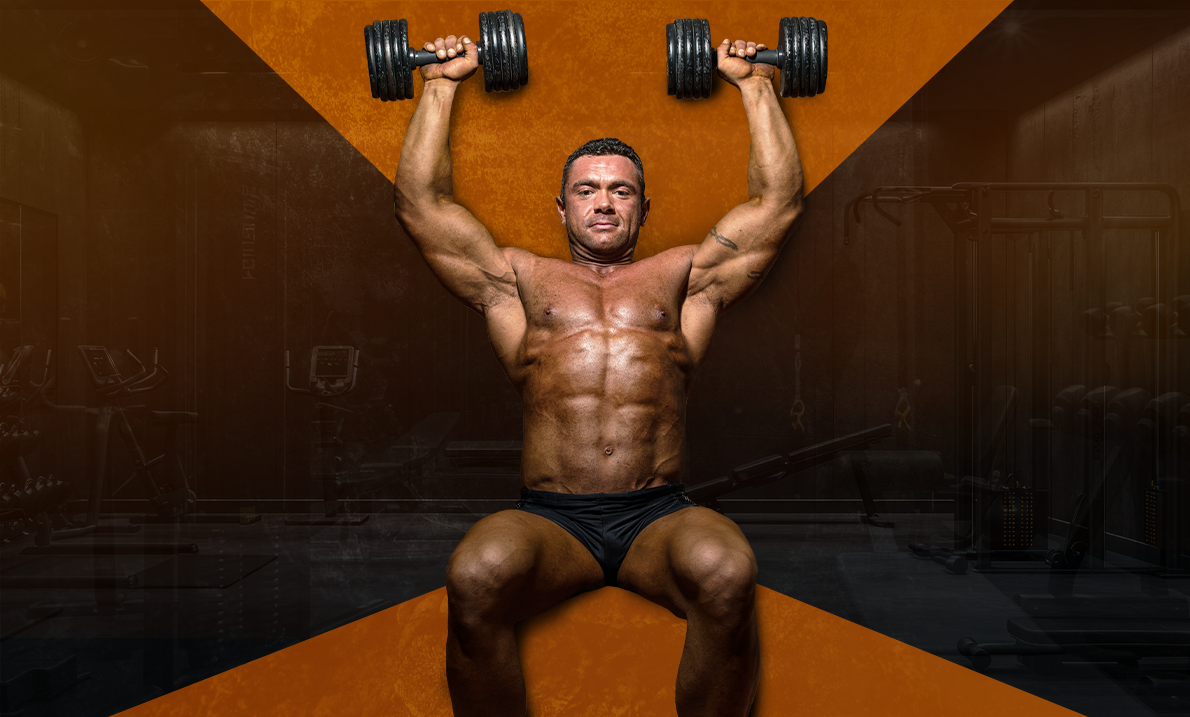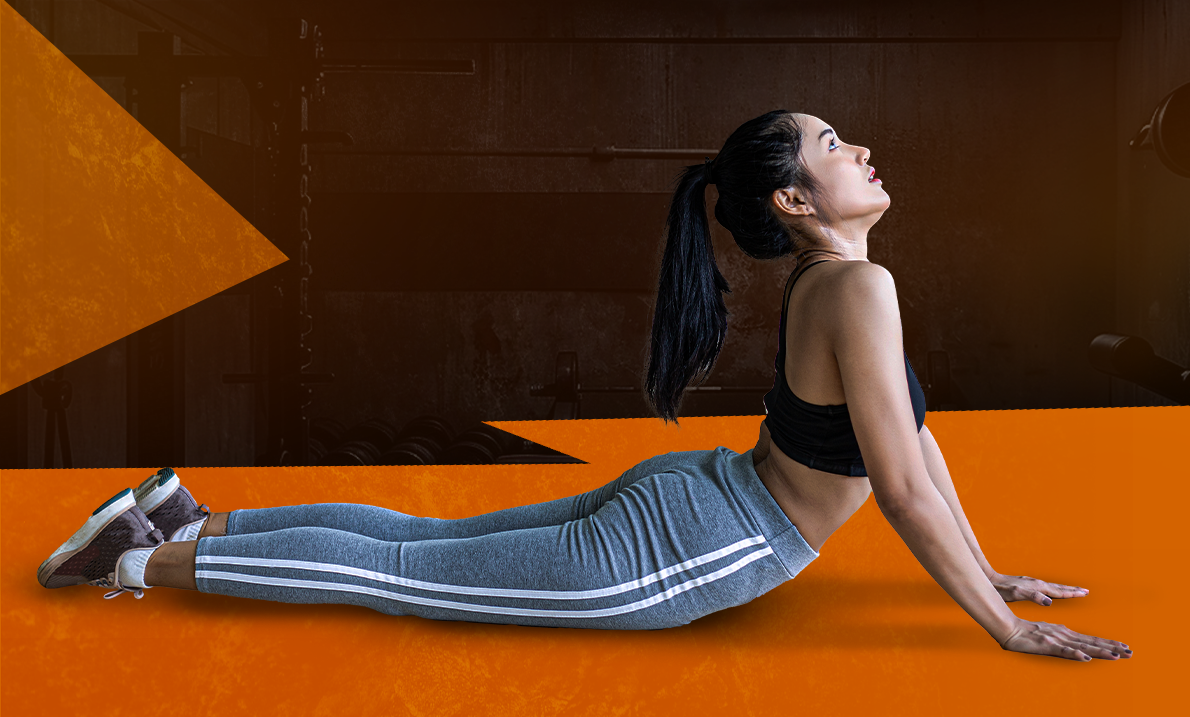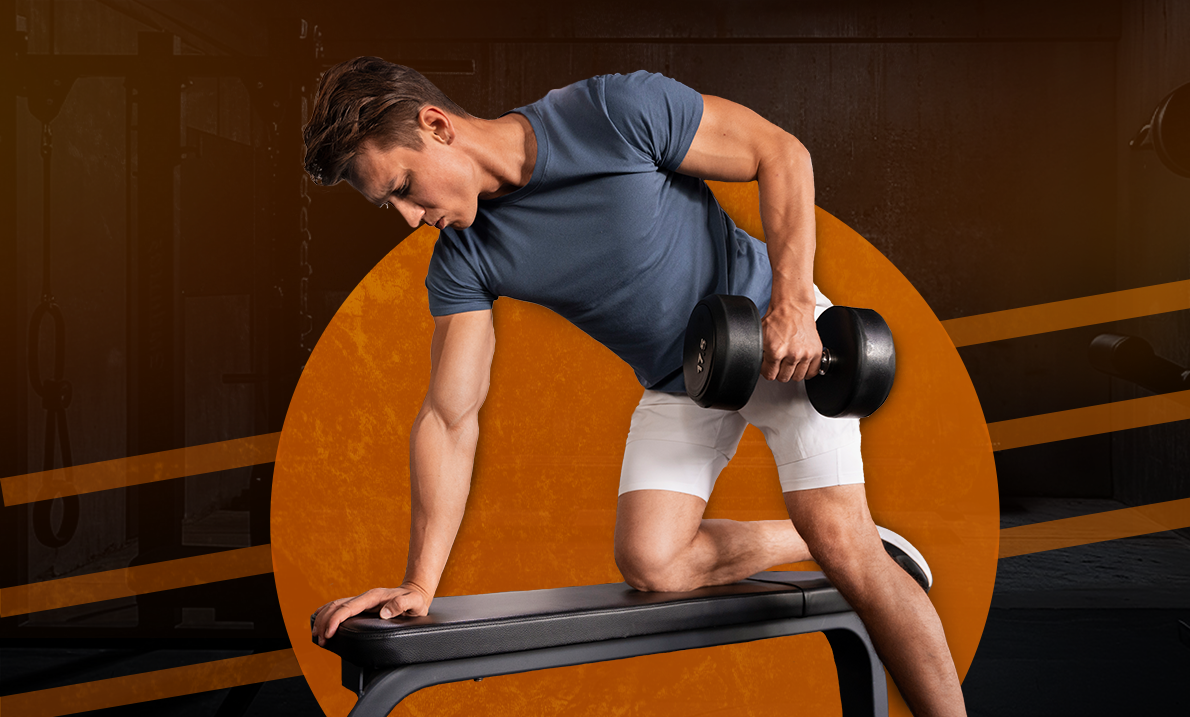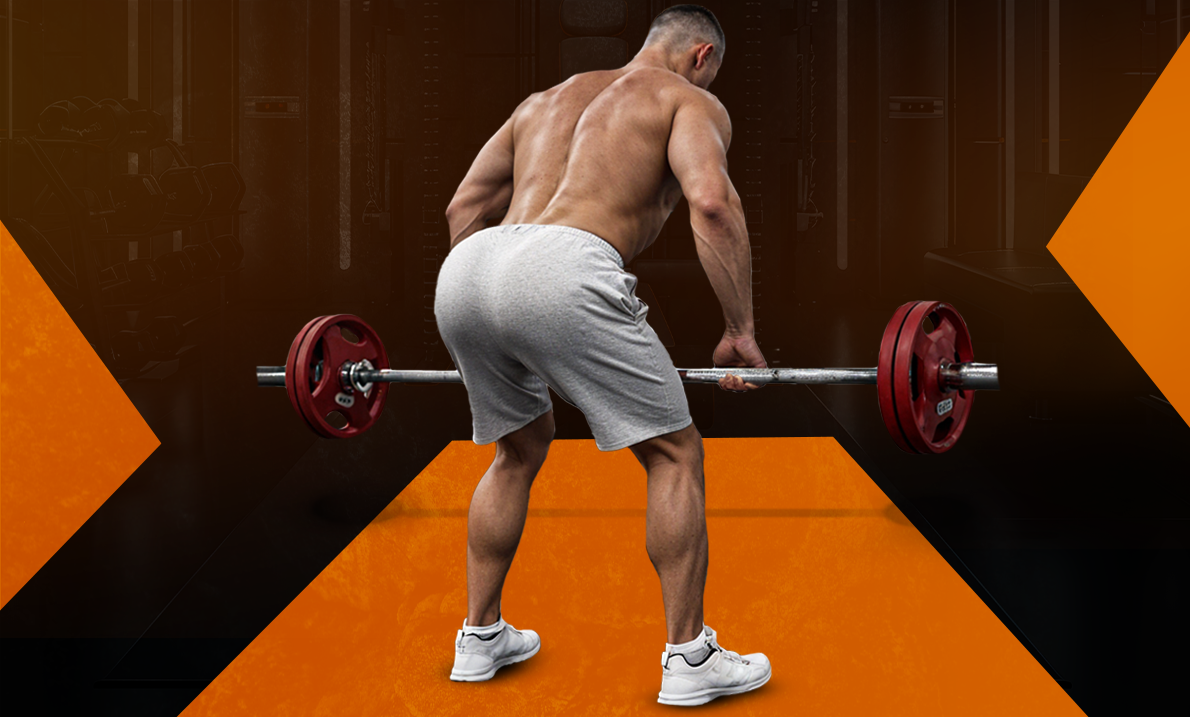The Good Morning exercise is a staple in strength training. It focuses on the posterior chain while improving hip hinge mechanics. The exercise is named after the bowing motion that resembles greeting someone in the morning. While it may seem simple, this movement requires control and proper form to maximise benefits and prevent injury.
MUSCLES WORKED IN GOOD MORNINGS
This exercise is perfect for targeting the posterior chain, which includes several key muscle groups.
Primary Muscles Worked
- Hamstrings: Activated during the hinge motion, providing stability and power.
- Glutes: Engage to extend the hips and return to standing.
- Erector Spinae (Lower Back): Helps maintain a neutral spine throughout the movement..
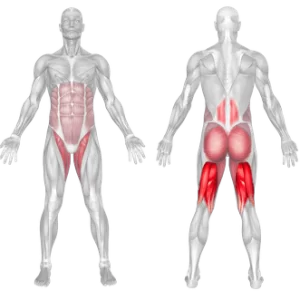
Secondary Muscles Worked
- Core: Stabilises the torso and prevents excessive arching or rounding.
- Adductors: Assist in controlling leg position during the motion.
- Upper Back: Helps maintain posture and shoulder position.
BENEFITS OF GOOD MORNINGS
Incorporating Good Mornings into your workout routine comes with a host of benefits, including
Strengthens the Posterior Chain
It targets the hamstrings, glutes, and lower back muscles, which are crucial for athletic performance and functional movement.
Improves Hip Hinge Mechanics
Mastering the hip hinge is essential for exercises like deadlifts, squats, and kettlebell swings.
Enhances Lower Back Stability
Builds strength in the erector spinae, reducing the risk of lower back injuries.
Versatility
It can be performed with or without equipment, making it adaptable to all fitness levels.
HOW TO DO GOOD MORNINGS
Push-ups are a compound movement, engaging several muscles at once.
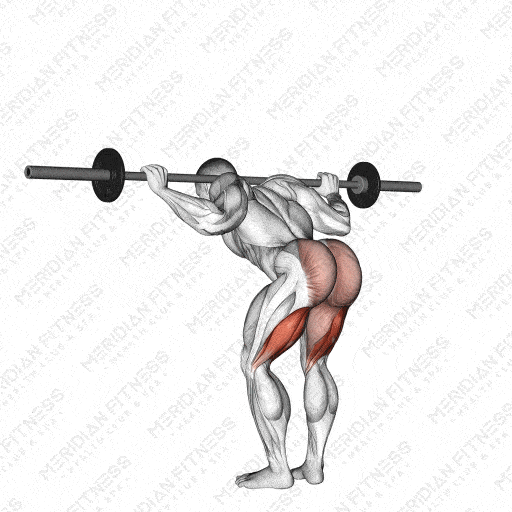
STEP 1: GET IN POSITION
- Stand tall with your feet shoulder-width apart.
- Place a barbell across your shoulders or use your body weight.
- Keep your chest up and core tight.
STEP 2: THE MOVEMENT
- Hinge at your hips, keeping your back straight.
- Lower your torso until it’s almost parallel to the floor.
- Slowly return to standing.
STEP 3: TIPS FOR PERFECT FORM
- Don’t round your back
- Keep a slight bend in your knees.
- Start light and focus on technique.
COMMON MISTAKES TO AVOID
Here’s a fact: every exercise can go wrong if you’re not careful, even the Good Morning exercise. Here are the most common pitfalls
Rounding Your Back
Keep your spine neutral and straight because the rounded neck and back increase the risk of injury.
Going To Heaven Too Soon
Master the form first. Start with no weight or a light barbell if it’s possible.
Lack of Core Engagement
Your core stabilises the movement. Failing to engage it puts unnecessary pressure on your lower back.
Bending Your Knees Too Much
Always remember, this isn’t a squat. Keep only a slight bend in your knees.
Looking to modify or intensify your push-up game? Here are some options
VARIATIONS AND ALTERNATIVES OF GOOD MORNING EXERCISE
Variety keeps your workouts exciting and compelling. Here are a few ways to switch things up
Seated Good Morning
Sit on a bench with a barbell across your shoulders. Perform the movement with the same technique. This variation isolates the lower back.
Resistance Band Good Morning
Use a resistance band instead of a barbell. It’s gentler on the back and perfect for beginners.
Kettlebell Deadlift
If the Good Morning doesn’t suit you, try a kettlebell deadlift. It targets similar muscle groups with less strain on the lower back.
Romanian Deadlift
Another alternative that focuses on the hamstrings and glutes. It’s a great complement to your routine.
HOW MANY REPS AND SETS FOR THE BEST RESULTS?
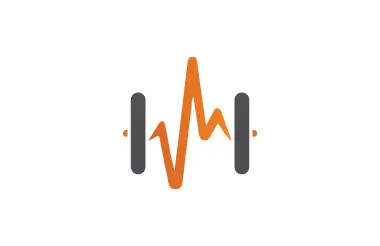
Beginner
For muscle endurance: 3-4 sets of 12-15 reps with light weight.
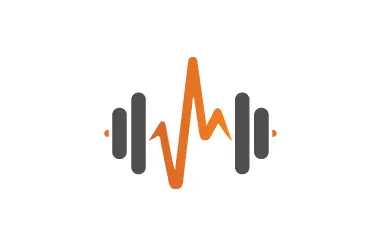
Intermediate
For muscle growth: 3-4 sets of 8-10 reps with moderate weight.
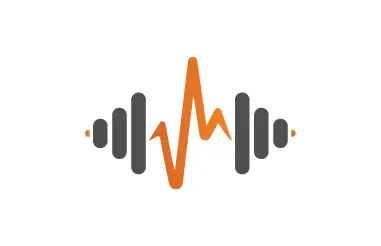
Advanced
For strength building: 3-5 sets of 5-6 reps with heavier weight, ensuring proper form.
The Good Morning is a versatile exercise that strengthens your posterior chain, improves functional movement, and enhances overall athletic performance. Whether you’re an athlete, weightlifter, or fitness enthusiast, adding this exercise to your routine can bring noticeable gains in strength and mobility. Ready to greet stronger mornings? Let’s go!
